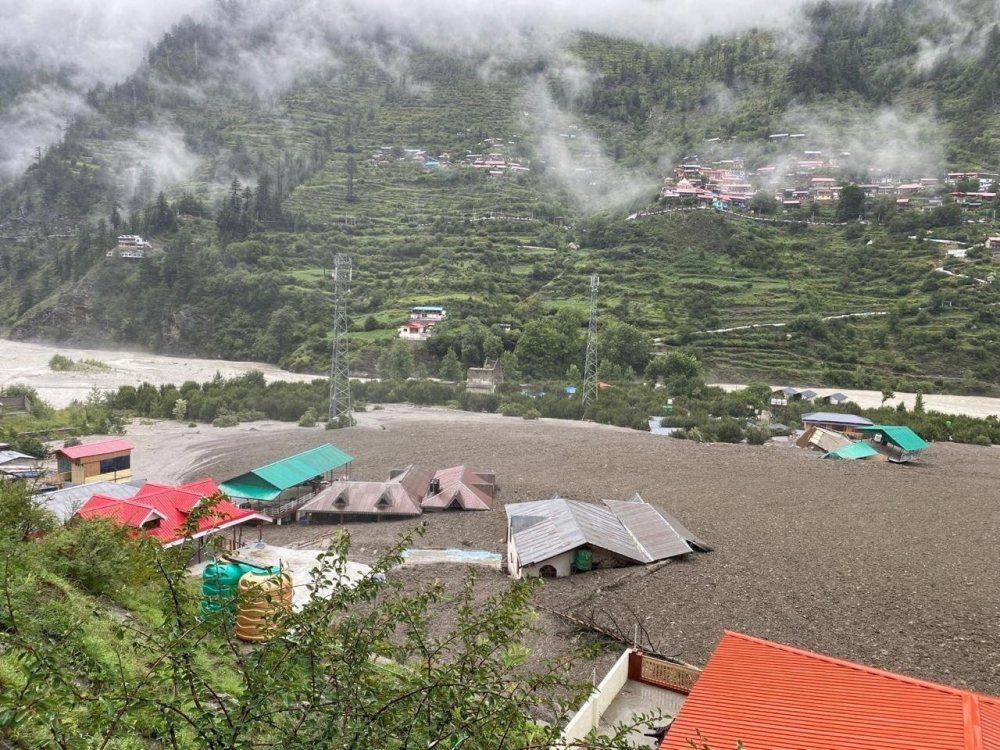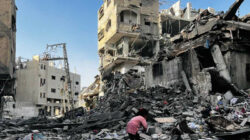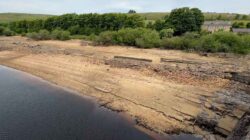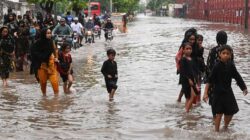Pakistan, Aug. 12 — Rescue crews in India continue to look for many missing individuals following a severe flood that hit the Himalayan town of Dharali on August 5. Authorities now worry that the number of fatalities might go beyond 70. To date, four deaths have been verified, with 68 people still unaccounted for – comprising 44 Indians, 22 Nepalese, and 9 military personnel.
A catastrophe took place when a huge wave of ice and debris swept through a tourist town in Uttarakhand state. Disturbing video clips captured by witnesses depicted multi-story structures collapsing as the floodwaters moved through the region. Relief operations have faced challenges due to intense rainfall, landslides, and ruined roads, which also caused delays in communication and confirming the status of those reported missing.
Members of India’s National Disaster Response Force (NDRF) are employing detection dogs and ground-penetrating radar to find individuals trapped beneath mud and rubble. In various locations, water has emerged from underground while excavating, increasing the risks and complexities of the operation. Nevertheless, crews keep carrying out the challenging work of sifting through the ruins.
Tolong support kita ya,
Cukup klik ini aja: https://indonesiacrowd.com/support-bonus/
Some specialists think the flood could have been caused by intense rain along with a failure of glacial debris because of melting ice. While the precise reason is still being looked into, researchers suggest climate change as a probable cause. The melting of Himalayan glaciers and the thawing of permafrost are progressively making the area less stable, resulting in more frequent and serious catastrophes.
Climate scientists caution that this disaster serves as a clear reminder of the effects of global warming. The Himalayan region is experiencing rapid melting, endangering the water source for almost two billion individuals. With severe weather events becoming increasingly frequent, specialists recommend that governments enhance emergency preparedness and environmental protections in at-risk regions.







